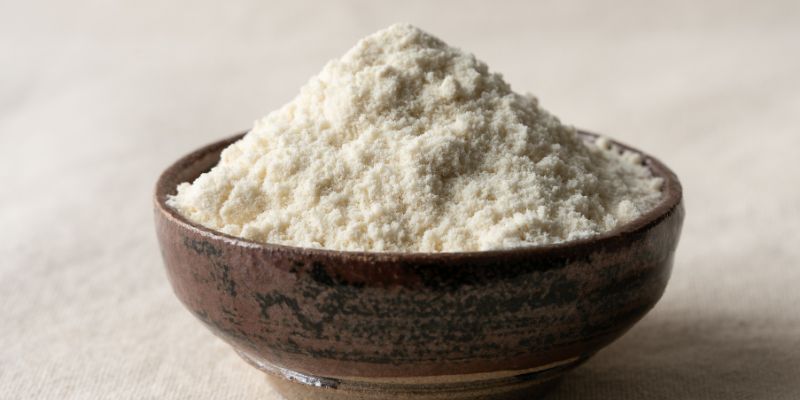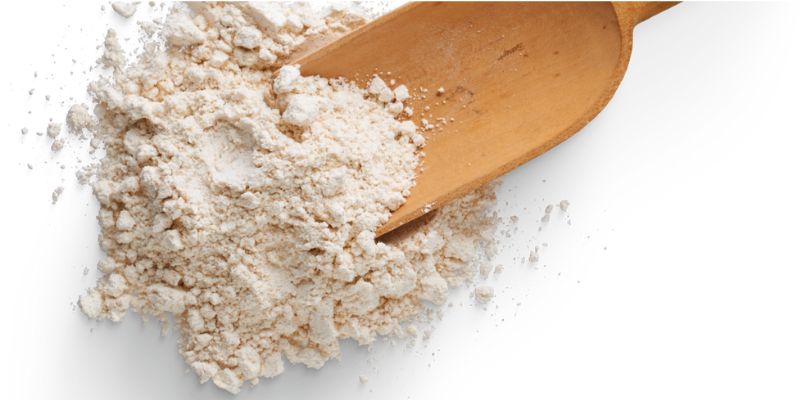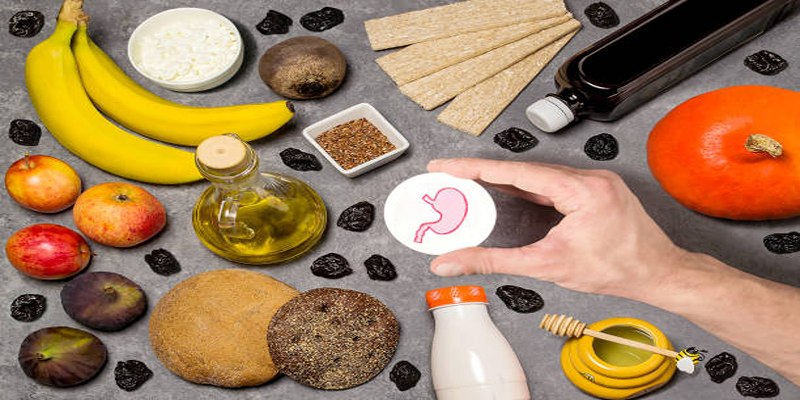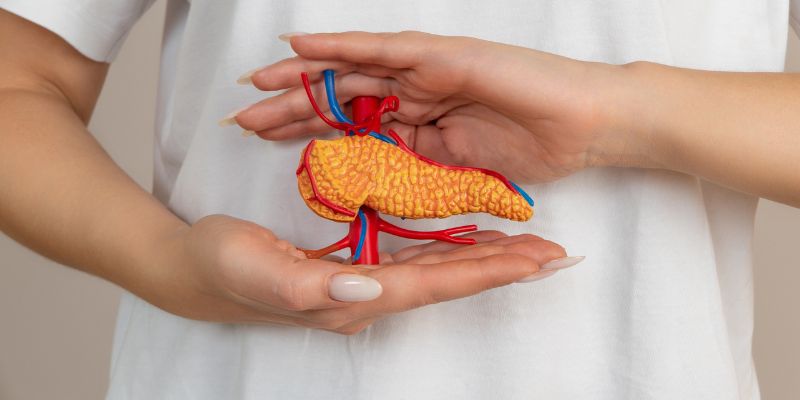Which Are The 5 Best Flour Options for Diabetes: A Complete Guide
White flour is one most common ingredients that you can find in multiple food items, from pasta to bread, soups, sauces, and puddings. In case, if you have diabetes, you should avoid or limit the consumption of white flour. But what is the reason to be careful?
That's because white flour is a high-glycemic food (with a GI of 85), which can raise blood sugar quickly. Therefore, it is OK to have it occasionally, but for regular use, you must look for better options that dont spike blood sugar. If you are already searching for the best flours for diabetics, we have covered you. Continue reading to learn everything about these flours!

Which Are The Best Flour For Diabetics?
Every food choice counts when treating diabetes, and flour is the most important. Some people believe bread and flour are harmful for people with diabetes. But it is not. The only thing to remember is that the flour you choose might significantly affect your blood sugar levels. Biscuits, muffins, cakes, and bread are almost everyone's favorite snacks. Still, because they are produced with wheat flour, they have a higher glycemic index, which causes diabetics' blood sugar levels to increase.
The question arises: Which flour is best for people with diabetes? You must choose low-glycemic flour, such as spelt, almond, coconut, oat, and chickpea flour. They dont disturb the glucose level, and recipes that are made with them are not only delicious but also healthy. Let's know about each of these in detail below:
Spelt Flour
Spelt is an ancient grain closely related to wheat. It is used to make spelt flour, which may be more challenging to find. Spelt flour is fiber-rich and can help balance blood sugar levels after meals. Each serving provides 5 grams of protein and 4 grams of fiber. Magnesium, one of the minerals in spelt flour, helps control blood sugar levels by stimulating the pancreas to produce insulin.
Spelt flour can be used in meals without making the final meal heavier because of its light texture and sweet flavor. It is an excellent alternative to flour in baked goods, including bread, tortillas, biscuits, and muffins. It has an average glycemic index of about 60. Still, spelt is a particularly beneficial whole-grain option for those with diabetes.
Almond Flour
Almond flour is one of the greatest gluten-free, diabetic-friendly flour, which can make baking healthier for people with diabetes. Its glycemic index is lowless than 1. It has a high fiber and protein content and few carbs. Almond flour contains vitamins and minerals that support general health, such as vitamin E, manganese, magnesium, copper, phosphorus, calcium, and iron. These antioxidants can lower the risk of developing diabetes and heart disease.
Its mild and nutty flavor makes it an excellent substitute for ordinary flour when making bread, biscuits, banana bread, pancakes, and cookies. Additionally, it contains the vitamin alpha-linolenic acid, which aids with blood sugar regulation.
Coconut Flour
Coconut flour is produced by grinding the coconut meat (dry). It is an excellent choice for those with diabetes because it has a higher dietary fiber content and a meager carb count. Coconut flour's high fiber content can help you feel fuller for longer, raise your energy level, and reduce your appetite. Eating a diet high in fiber can also help improve blood sugar regulation by slowing the blood's absorption of sugar.
Iron is the main mineral found in coconut flour, making it an excellent choice for people with diabetes who are worried about their iron intake. It tastes sweet. It works well in various recipes, such as cakes, cookies, muffins, brownies, and breads. Remember that coconut flour absorbs more liquid than wheat flour and thus gives things a rough, dry texture. Due to its low GI (51), it is an incredible option for people with diabetes as it does not cause a sharp surge in blood sugar levels.
Oat Flour
Grind oats in a food processor or mixer to make oat flour. Oat flour has a high protein and fiber ratio, which helps reduce blood sugar spikes, maintain feelings of fullness, and slow down digestionall of which can improve blood sugar control. Its high beta-glucan (soluble fibers) content helps to lower post-meal glucose spikes and enhance insulin sensitivity.
With a low GI of 25, oat flour causes blood glucose to rise more slowly and helps improve insulin sensitivity. Therefore, oat flour is the best option for people with diabetes who want to stabilize their blood sugar levels daily. Oat flour can make bread, cookies, waffles, and pancakes. Its mild, nutty flavor gives baked items a chewy, unique texture.
Chickpea Flour
Dried garbanzo beans crushed into fine powder make chickpea flour. It is a popular alternative to flour for people with diabetes. Chickpea flour, which is high in dietary fiber, helps control blood cholesterol levels and in the gradual absorption of sugar into the bloodstream and thus prevents unwanted blood sugar rises.
Because of its high protein content, chickpea flour may help avoid insulin resistance, which affects the body's capacity to manage blood sugar levels effectively. Rich and nutty, chickpea flour works well in savory and sweet recipes, such as cookies, pancakes, fritters, and flatbreads. Its low GI is 28-35. Because of its naturally dense texture and effective binding qualities, it is a fantastic vegan and gluten-free alternative to wheat flour.

Flour to Avoid If You Have Diabetes
Flour is not harmful for people with diabetes. However, refined or high-glycemic flour may raise blood sugar levels. These flours are high in carbohydrates but low in protein, fiber, and heart-healthy fats. They could, therefore, cause blood sugar spikes. Here are a few flours that you should avoid or use less often:
- Corn flour
- White rice flour
- Cake flour
- Pastry flour
- Millet flour
- All-purpose flour
Conclusion:
If you have diabetes, you can substitute any diabetes-friendly flour varieties into your favorite dishes. Look for flour types high in fiber, protein, or heart-healthy fats and low in carbohydrates. Alternative flours that offer more balanced nutritional profiles without sacrificing flavor include almond flour, coconut flour, oat flour, spelt flour, and chickpea flour. Additionally, since they produce blood sugar spikes and falls, you should consider minimizing the usage of flours that are poor in fiber and rich in carbohydrates.












